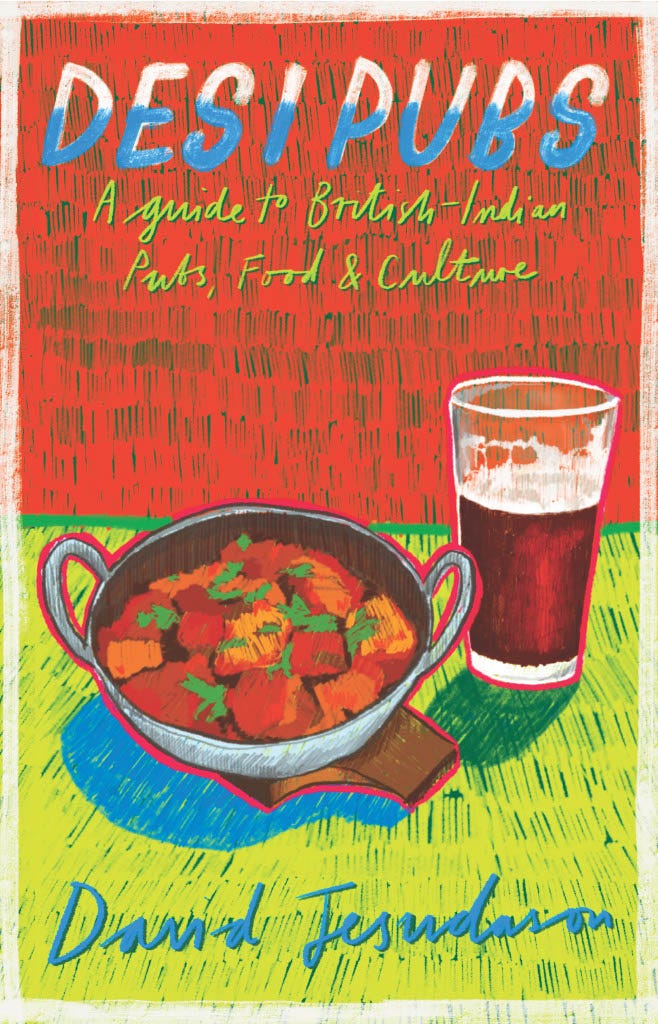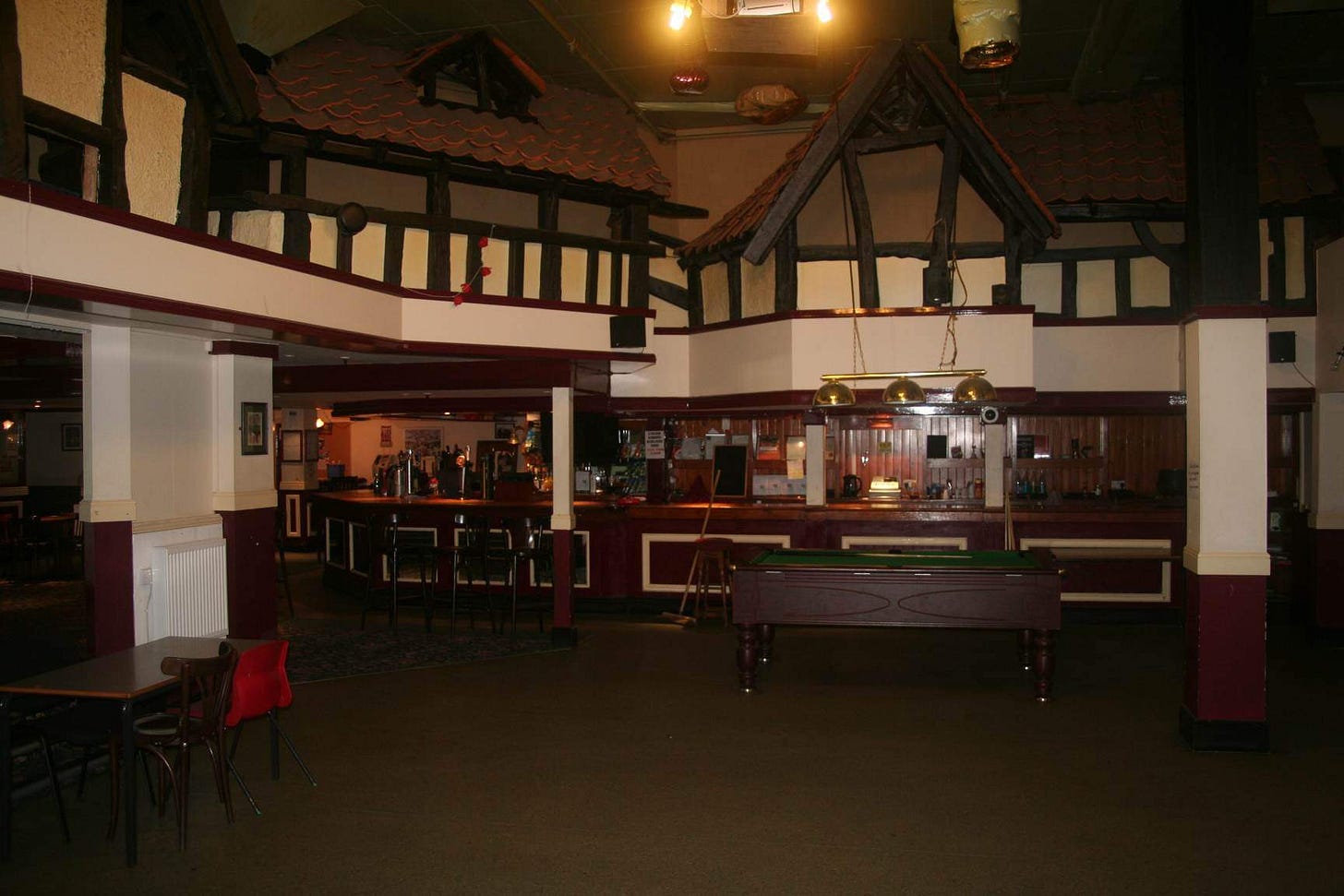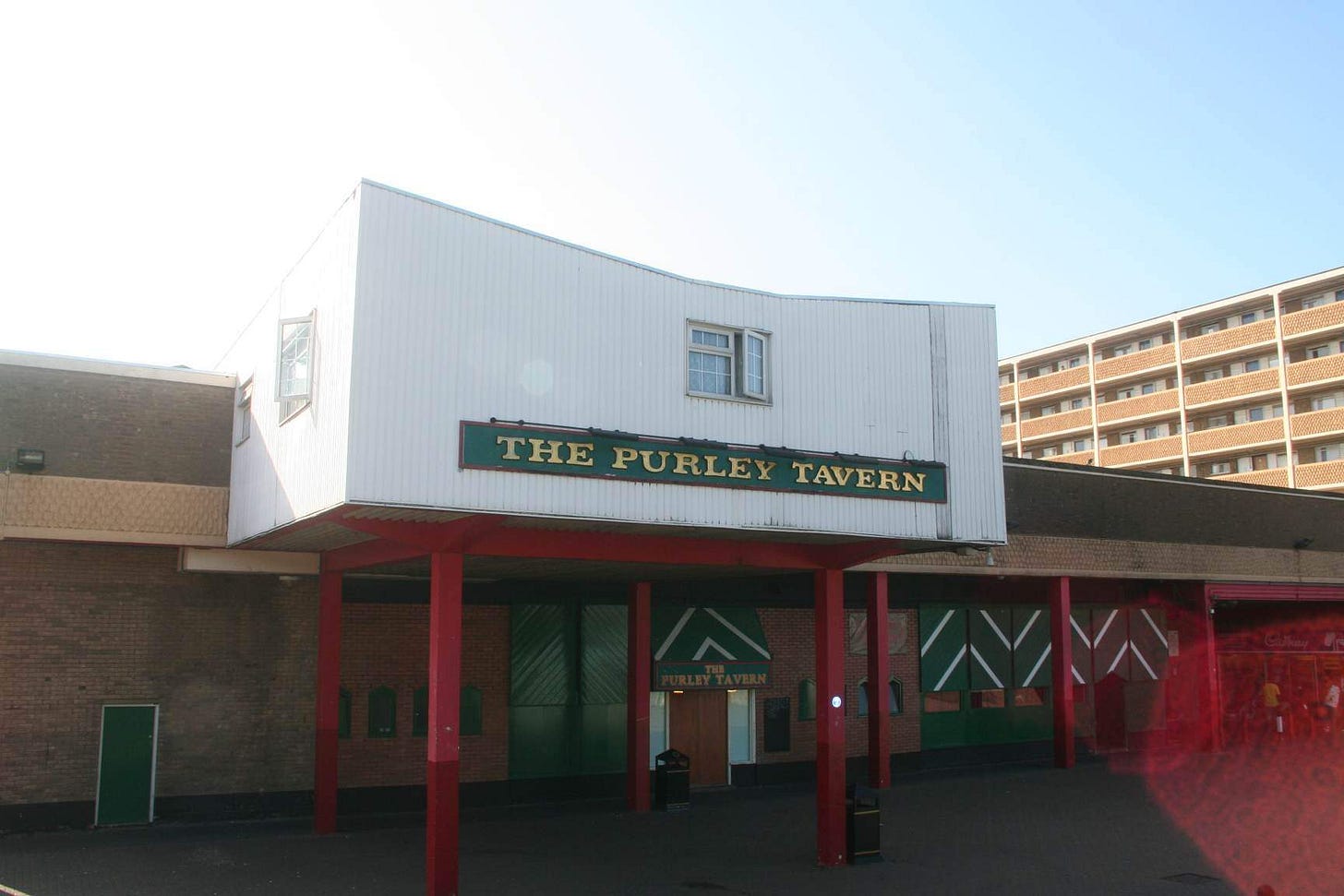The Purley Tavern - Marsh Farm, Luton
The first ever pub I visited when I was a child is documented in Dead Pubs of Bedfordshire by Lloyd Lugsden
As it’s Christmas, chart rankings are very important on Amazon. If you’ve got a copy of my book, from whatever source, please, please, please review it here.
I’d like to thank everyone who has donated to my Ko-Fi here. If you’ve not done so already please buy Desi Pubs - A guide to British-Indian Pubs, Food & Culture here.
If you like today’s article please pledge some funds here as it took a lot of time to put together.
Disclaimer: this newsletter often mentions beer and pubs. You do not have to read this if your life has been affected by substance abuse.
Today I’m going to take you back to the Luton of my childhood of the late 1980s and 1990s. I was spurred into re-evaluating this period of adolescence and early teenage years after I read two volumes of Dead Pubs of Bedfordshire - A nostalgic look at lost pubs by Lloyd Lugsden.
The two small books are fascinating as they not only detail the before and after of numerous historically interesting buildings with photos, but Lloyd digs deeper and interviews lots of former locals of these pubs.
I should point out, though, that my childhood memories of growing up in Bedfordshire are rarely happy and, in truth, I feel robbed of my adolescence due to my relationship with my parents and how they dealt with the racism I encountered. Why do I delve back to the past so often then?
I guess it’s to make sense of the world I grew up in and how I now can find out so much about it when it wasn’t properly explained to me at the time. (Life was black and white for my mother and father - don’t expect much basically.) But this might be a rare happy(ish) story.
This is where the Purley Tavern comes in - the kind of pub that deserves a massive reappraisal in an area that has been much maligned by the media gaining it an undeserved reputation. The housing estate pub (AKA the Moakes and the Cotters) was demolished in 2020, but its location - Marsh Farm - is best known for the riots in July, 1995.
If you really want to know about the riots then this video is a good start.
And as one of the Exodus collective says in the video: “We all grew up together - white, black, Irish. We all drank in the same pubs. It created a bonding of black and white”
One of the occasions of my childhood that I almost look back fondly on - in that I don’t feel too traumatised by it - was when my dad used to take me to karate lessons. This was at Lea Manor Recreation Centre which was in the Marsh Farm area of Luton/Leagrave. A concrete block that had a swimming pool, badminton courts and gym, which would be familiar sight to everyone of a certain age.
I remember the class being a rare case of me being exposed to other Indian- and Pakistan-origin families. One guy, who was my dad’s age, took the class after being beaten up badly by a National Front gang.
He was bespectacled, pushed himself to the limits and would often injure himself by going too far with the exercises. (Once my dad took me and my neighbour’s son who was my age and the boy found the class too hard and quit within 20 minutes).
The Asian dad’s son who was a bit younger than me lived out his dad’s travails alongside him. The pain the father wreaked on himself, though, was one of the symptoms of the trauma he was having to deal with in a time when there was definitely no one to talk to about mental health.
Unlike this dad, my father dealt with his trauma differently. Instead of donning a white suit he left me to my blocks and kicks, and scarpered to the Purley Tavern a short five minutes walk away where he had numerous drinks. He once crashed the car on the way home into a wall and forbade me to mention it to others.
I never saw the Purley until the day he left a pair of gloves on a table and he dragged me there after the class - of course, in my full karate kit. It gave me my first experience of what a boozer looked like from the inside at about 10 years old.
You have to remember that unlike today kids weren’t taken into pubs much - the idea of bringing a pushchair into the bar would’ve been frowned on, especially for an Asian family.
So it’s no surprise that the experience entered my psyche and I dreamed a lot about it since, and still to this day. The smoke! The huge space! The laughter! Oh and the banter: a few punters asked me to show me some karate moves - I obviously didn’t do this as I was a shy kid.
The pub was demolished in 2020, and on a Facebook page people mainly wax lyrical about it being a community space among the occasional “shithole” comment. It’s likely it was both as a few people say how diverse it was, how friendly the bar staff were but how it possessed a volatile atmosphere at the pool table.
A lot of posters mention the décor but I don’t remember the houses above the bar because if it’s your first visit to a pub you normalise what you see. I guess I expected a mini-Mock Tudor village in a ceiling in every boozer.
Now, though, I realise how special this feature was and Dead Pubs of Bedfordshire (Vol 2) contains this account from Bob Currie, who like me, visited the Purley as a child: “I always remember the fake buildings in the roof, and always wanted to go exploring up there.”
I tried to contact the previous owners of the pub but they didn’t want to speak about the Purley, so it remains a ghostly presence in my mind since its demolition. It’s a shame because it’s a great example of the strong community in Marsh Farm and how a post-war development came to be ridiculed by poor social investment - the riots in 1995 loom large in this tale.
However, the real story is how Bedfordshire’s pub scene and rave culture dovetailed nicely to save this area. In fact, during the nights of the riots the Exodus collective held parties at nearby Woodside estate in Dunstable - where my dad taught me how to drive - which helped ease the violence. Then the collective built a improvised co-operative community in the area which eased the inequality and provided better housing for some - the people out of work were skilled artisans.
I wasn’t there. I may have drunk in the Globe in Dunstable that had a publican, a mother of keen ravers, who helped organise events but I wasn’t into that scene. I did go to one in a pub - also featured in the book (Vol 1) - at Speed the Plough, Barton Le Clay in the 90s but it really isn’t something that I felt part of.
I’ve had a few conversations with younger people - mainly bar staff - who interrogate me about my ‘rave past’. The truth is I wore Dreamscape T-shirts, copied rave tapes and listened to pirate radio but I was a bit too young, a bit too shy to be involved.
By the time I had money for this I was living in Leeds and it had largely become nightclub-driven and more dangerous - as one of the organisers in the Rebel Video says bottled water was expensive and promoters didn’t watch out for you.
It was safer at parties, which soon became illegal and closed by Tory legislation. It was safer at the 1960s-built Purley Tavern - until Thatcherite policies ruined the community. It’s as shame because in the raves and the Purley, people watched out for you. We need more of this now. And we again need to kick out the Tories.
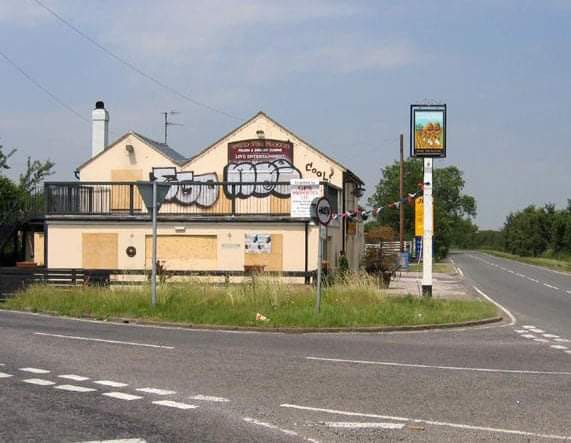
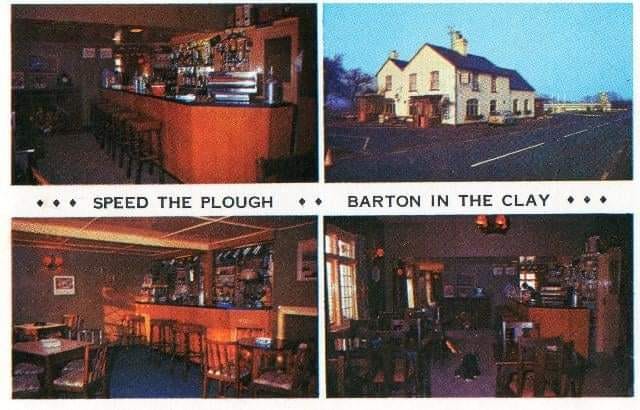
Thank you to Lloyd for putting these books together and sending me the photos. He started documenting the pubs’ closures in 2020 and it then it became a quintessential lockdown project. He still lives in Bedfordshire, Carlton, and Lloyd highly recommends his local called The Fox (as do CAMRA). You can also buy his both volumes at the Eagle Bookshop in the village or by directly messaging him on Instagram. Lovely book. Lovely bloke.
Beer of the Week
It’s Christmas!!! I famously was given a ‘bah humbug!’ Christmas hat by colleagues once, so what do I know? Well, I may not know much about seasonal excess but I have some knowledge of yuletide beers. This year I particularly liked Santa’s Little Helper from Tring Brewery - which is fittingly located near Bedfordshire. SLH has delicate Christmas-y fruits on the nose such as raisin and orange peel, giving way to some raspberry. Spices come through after, maybe nutmeg, and the mouthfeel is well-rounded. There’s also a hint of estery making it feel a bit Trappist-like and very winter-y which is surprising as it’s not bottle conditioned but I’m told by the brewery their yeasts contribute to these aromas which come through in the darker beers.




